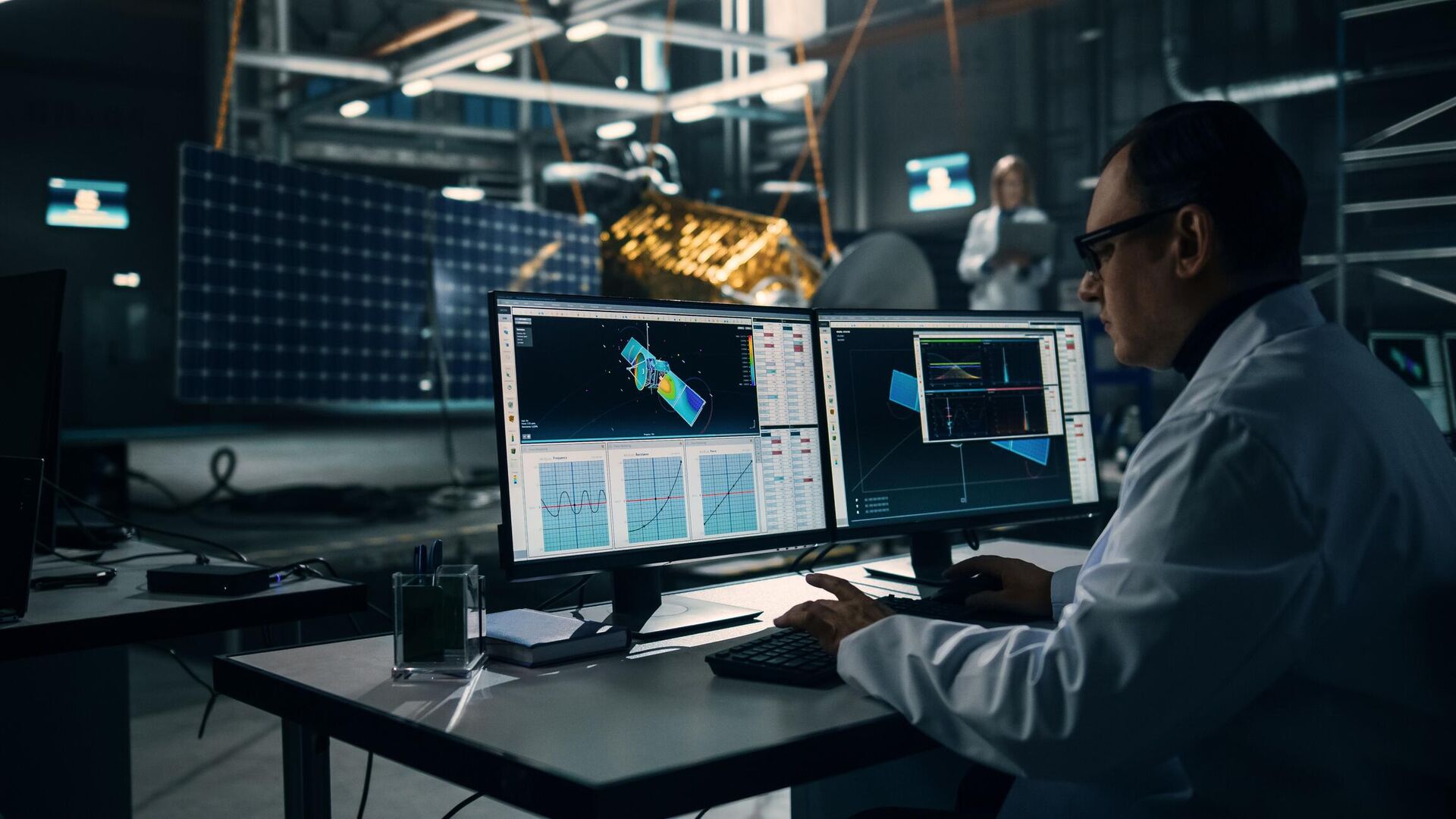
MOSCOW, December 5Scientists from Samara University calculated the effect of temperature shock on small spacecraft (SSV) with symmetrically arranged flexible elements (solar panels). According to the authors of the work, the study assessed the main disturbing factors that arise during a temperature shock. The results were published in the journal Symmetry. They can be used in solving problems of remote sensing of the Earth and the implementation of gravity-sensitive processes on board the small spacecraft.
As scientists from Samara University named after. Academician S.P. Korolev, small spacecraft are actively used for continuous remote sensing of the Earth. Thanks to the data they provide, changes across the planet can be tracked in real time.
< /span>
When moving in orbit, such a spacecraft periodically enters and exits the shadows, receiving a temperature shock; on the “sunny side” the device is at a temperature of +121°C, and in the shadow it cools down to -157°C. For small spacecraft, such temperature differences have a significant impact, for example, they provoke a loss of controllability of the device.
“
“The controlled movement of small spacecraft has a number of features due to the significant influence of flexible elements (for example, solar panels) on it. Therefore, in addition to traditional interference from solar panels associated with their own vibrations, it is necessary to take into account other factors, one of which is temperature shock, which affects the controllability and orientation of the device,” said an assistant at the Department of Space Engineering. General designer D.I. Kozlov Samara University Denis Orlov.
According to him, this is due to the fact that the mass fraction of flexible elements in the total mass of such satellites is higher than that of other space technology.
Scientists noted that at the current level of scientific knowledge, the entry of a satellite into the shadow will definitely affect its ability to perform the target task: the quality of surface images may decrease or it will not be possible to implement a technological experiment (grow a crystal, study the effect on a living organism or plant). Therefore, the study of the phenomenon of temperature shock and the development of effective algorithms for neutralizing its impact on small spacecraft can ensure progress in the field of space materials science.
«Theoretical research on this topic is carried out mainly from the fact that one flexible element is installed on the device. This is done so that the calculations are not too complex and at the same time remain representative. But most often the flexible elements are located symmetrically. Within the framework of this study We paid attention to the mutual compensation of the influence of temperature shock with a symmetrical arrangement of flexible elements, in particular, modeling was carried out for two and four flexible elements,” said Orlov.
As a result of the studies, estimates of the disturbing effect of temperature shock on a small spacecraft were obtained. This effect, in the case of a symmetrical arrangement of flexible elements, is represented in the form of inertia force from the accelerated movement of points of flexible elements. The remaining disturbing factors are mutually compensated due to symmetry.
“At this stage, the practical significance is limited by the need to implement devices “in hardware” to verify the obtained calculated results. Further refinement of the model will improve the efficiency of the design and operation of small spacecraft,” Orlov explained.
He noticed that at the first stage of the study, solutions were proposed that made it possible to neutralize the effect of temperature shock by at least 10%.
In the future, the team plans to complicate and detail the model, as well as compare the results of mathematical modeling with the results of operating small spacecraft. A separate area of research will be the formation of recommendations for the design of a spacecraft to minimize the negative impact of emerging factors.
The research was carried out as part of the implementation of a state task of the Ministry of Science and Higher Education of the Russian Federation and the development of an advanced aerospace engineering school created on the basis of Samara University (federal project «Advanced engineering schools»).



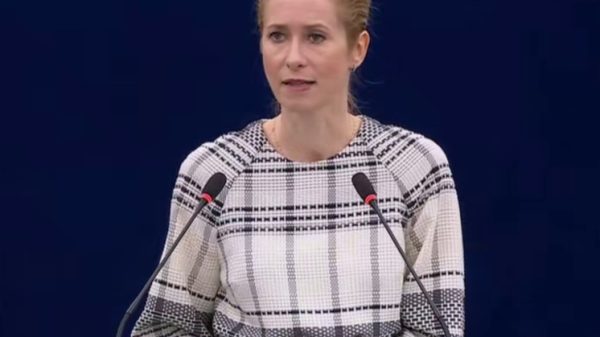











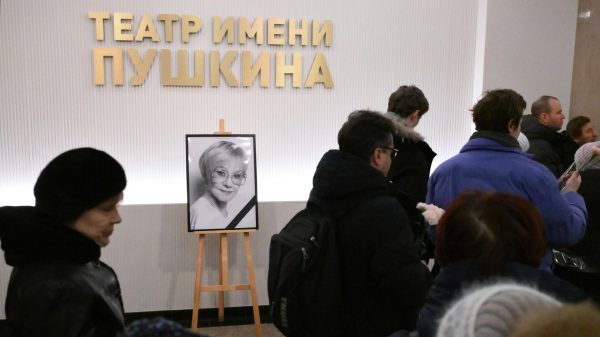
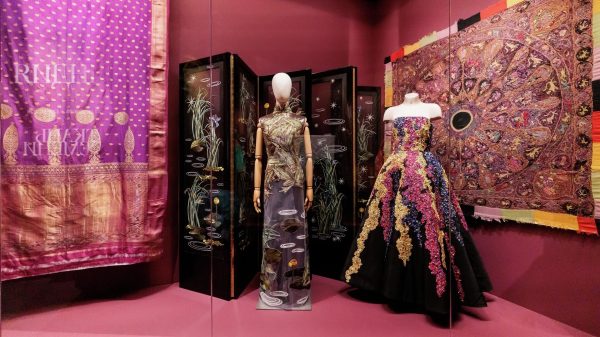

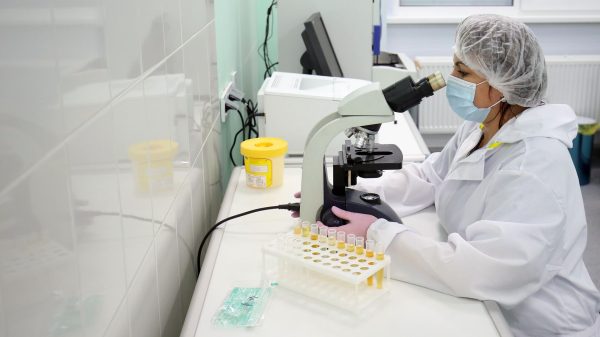
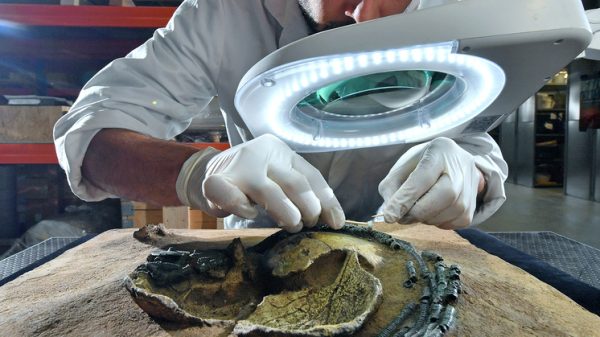















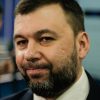

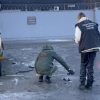


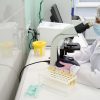













Свежие комментарии